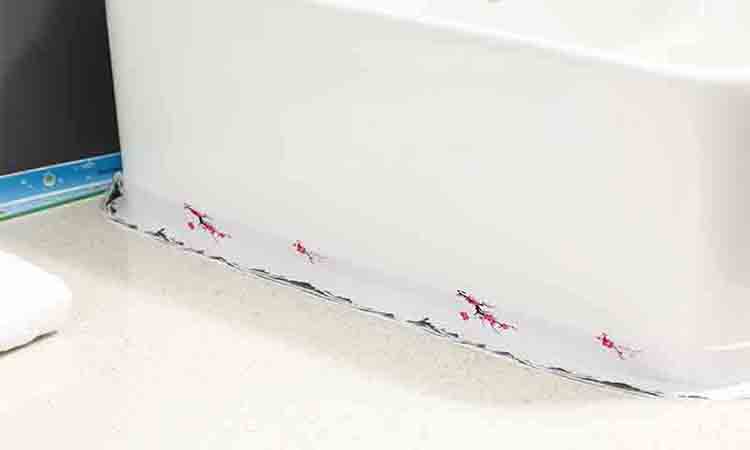Color Coated Sheet Metal Manufacturing Solutions and Expertise
Jan . 01, 2025 05:30 Back to list
Color Coated Sheet Metal Manufacturing Solutions and Expertise
The Color Coated Factory Innovations in Coating Technology
In recent years, the demand for aesthetically pleasing and durable materials has surged across various industries, leading to the rise of color-coated products. Color coating, a process where a substrate—typically metal—is coated with a colored finish, has transformed the landscape of manufacturing. The color-coated factory stands at the forefront of this technological innovation, combining artistry with advanced engineering to deliver superior products.
Understanding Color Coating
Color coating involves applying a pigment-containing layer onto a substrate, enhancing its visual appeal and protective qualities. This process not only gives manufacturers the ability to create products in an array of colors but also enhances the longevity and durability of the materials used. Common materials for color coating include steel, aluminum, and galvanized metals, which are essential in sectors such as construction, automotive, and household appliances.
The Process of Color Coating
The color coating process typically involves several stages. First, the substrate must undergo thorough cleaning to eliminate any impurities or residues that could affect adhesion. This is often achieved through chemical treatments or abrasive cleaning methods. Once clean, the substrate is primed, which prepares the surface for better adhesion of the color coat.
Following the priming, the actual color coating can take place. Factory workers or automated systems apply a liquid paint or powder coating, depending on the desired finish. The coatings are often engineered to provide specific properties, such as UV resistance, anti-corrosion, or scratch resistance. After application, the coated materials are cured in ovens to allow the coating to bind securely to the substrate, creating a robust and weather-resistant finish.
Advantages of Color Coated Products
The advantages of utilizing color-coated materials are manifold. Aesthetically, the vibrancy and variety of colors available provide infinite possibilities for design, enabling architects and designers to create visually striking structures and products. From residential homes to commercial buildings, color-coated materials can enhance curb appeal and create an inviting atmosphere.
In addition to aesthetics, color-coated products offer practical benefits. The coatings provide a layer of protection against environmental elements such as rain, sun, and pollutants, significantly extending the lifespan of the materials. For instance, in the automotive industry, color-coated panels can resist rust and oxidation, reducing maintenance costs and improving vehicle longevity.
color coated factory

Furthermore, color coating can contribute to energy efficiency. Certain coatings reflect sunlight, helping to maintain cooler interior temperatures in buildings and vehicles, which can lead to significant savings on air conditioning. In this way, color-coated materials are not just attractive; they also align with sustainable practices.
The Role of Technology in Color Coating
Technological advancements play a crucial role in enhancing the capabilities of color-coated factories. State-of-the-art equipment allows for precision in application, ensuring consistent color distribution and thickness across surfaces. Automation has streamlined many processes, reducing labor costs and minimizing human error.
Moreover, innovations in coating materials are continuously being developed. The rise of eco-friendly coatings, which utilize water-based formulas and reduce volatile organic compounds (VOCs), reflects the industry's shift toward sustainability. These advancements not only meet regulatory standards but also cater to a growing market that prioritizes environmental consciousness.
Future of the Color Coated Factory
The future of the color-coated factory looks promising as industries push towards more sustainable and efficient practices. With the growing focus on renewable energy and waste reduction, color-coated products will likely evolve. Factories are expected to implement more green technologies, such as solar panels to power operations and recycling systems for reclaiming excess materials.
Additionally, trends in customization and on-demand production will shape the way factories operate. As businesses seek to differentiate their products, the ability to produce unique and varied color options will become increasingly valuable. Factories that can adapt to changing consumer preferences and technological advancements will thrive in the competitive market.
Conclusion
In summary, the color-coated factory embodies a blend of art and engineering, producing materials that are as functional as they are beautiful. With advancements in technology and a growing emphasis on sustainability, the future holds exciting potential for the color coating industry. As we move forward, these innovations will continue to enhance the products we use daily, contributing to a more colorful, durable, and environmentally responsible world.
-
Best Window Seal Strip Adhesive Companies: Strong, Durable Seals
NewsAug.25,2025
-
Karcher A2004 Wet & Dry Vacuum Filter: Premium Replacement Cartridge
NewsAug.24,2025
-
Premium Vacuum Filter for Karcher VC 4, VC 6, VC 7 & Tineco A10, A11
NewsAug.23,2025
-
Hi-Flo HF155 Oil Filter KTM 250 EXC Racing 03-06 | OEM 580.38.005.000
NewsAug.22,2025
-
Leading LED Neon Rope Light Outdoor Companies & Exporters
NewsAug.21,2025
-
Top Window Seal Strip Adhesive Manufacturers & Suppliers
NewsAug.19,2025
